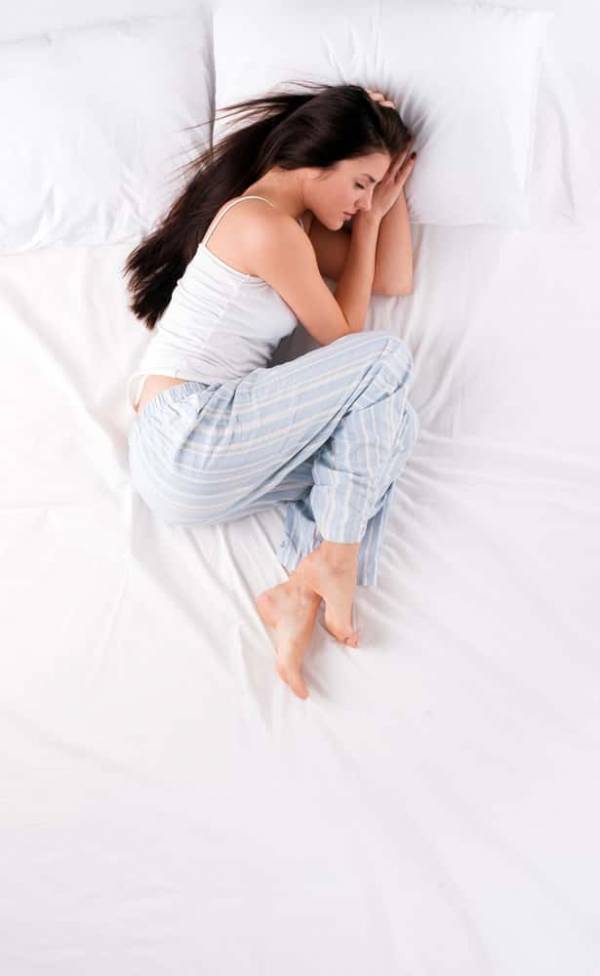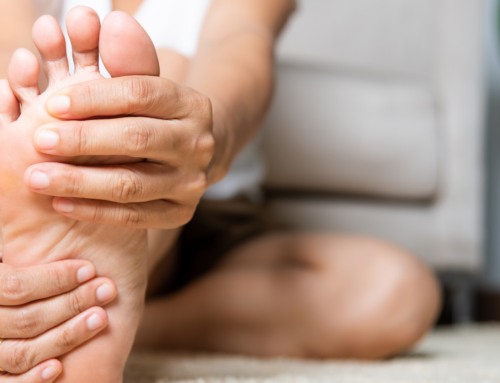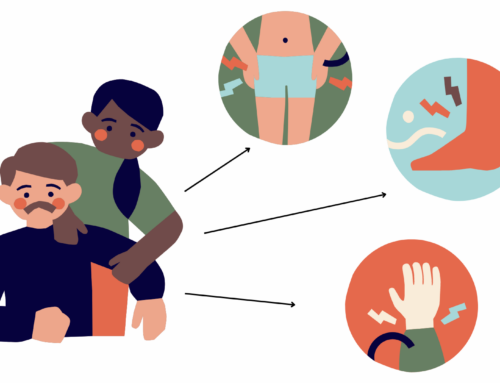How to achieve a good posture while sleeping?
A good sleeping posture is essential for your back and your whole body to recover from the effort you make during the day. Achieving this optimal rest involves finding the right posture and feeling comfortable in your bed.
Ideally, you should get used to sleeping in a way that can take care of your back, that is, in the fetal position. However, it is also important that the bed in which you sleep had a series of conditions so your rest can be optimal.
Incorrect sleeping postures
Best sleeping posture

Fetal position: The recommended posture
- It is the ideal posture to have a good rest and to avoid the back pain.
- Lying on one side of your body and with your knees and arms bent.
- The spine and the muscles that cover the cervical, dorsal and lumbar spine are relaxed. In addition, this posture allows you to breathe well and normally.
- The other joints involved such as the shoulders, hips and knees are also in correct and unforced positions.
- A small complement, if you find it more comfortable, is to place a pillow between your knees.
A good sleeping posture is essential for your back and your whole body to recover from the effort you make during the day. Achieving this optimal rest involves finding the right posture and feeling comfortable in your bed.
Ideally, you should get used to sleeping in a way that can take care of your back, that is, in the fetal position. However, it is also important that the bed in which you sleep had a series of conditions so your rest can be optimal.
Incorrect sleeping postures
Best sleeping posture

Fetal position: The recommended posture
- It is the ideal posture to have a good rest and to avoid the back pain.
- Lying on one side of your body and with your knees and arms bent.
- The spine and the muscles that cover the cervical, dorsal and lumbar spine are relaxed. In addition, this posture allows you to breathe well and normally.
- The other joints involved such as the shoulders, hips and knees are also in correct and unforced positions.
- A small complement, if you find it more comfortable, is to place a pillow between your knees.







 all the muscles that cover it are in tension, which will cause shortening and contractures sooner or later, with pain.
all the muscles that cover it are in tension, which will cause shortening and contractures sooner or later, with pain.

